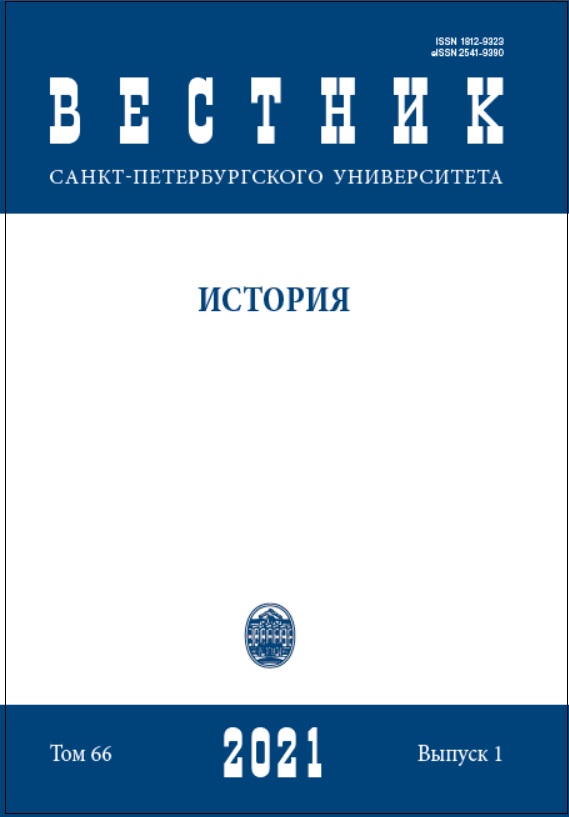Dedication of the Warriors from Epirus to Heracles
DOI:
https://doi.org/10.21638/spbu02.2021.109Abstract
The article analyzes a poetic dedication to Heracles, founded during the archaeological research in northwestern Greece, in Epirus. The dedication was made by three warriors from the small city of Buchetion, who having joined to the Roman army participated in the suppression of Aristonicus’ revolt in the kingdom of Pergamon (133–129 BC). The inscription supplements our knowledge of Aristonicus’ revolt. In particular, the new fact is that warriors from Balkan Greece took part in the war against Aristonicus, which is not mentioned by the extant narrative tradition. Possibly the three warriors were conscripted into the Roman army headed by the consul of 131 BC Marcus Perperna by means of a treaty that the Romans had concluded with the cities of Cassopa and Buchetion, like with a number of other Greek states. In the dedication, Aristonicus is referred to by name alone, although it is known that he took the royal title. In all likelihood, the warriors who left the dedication to Heracles served in a wagon train, fulfilling the duties of transporting military goods and, at the same time, guarding them. They apparently belonged to a wealthy segment of society in their small city, because they went to war with wagons and horses. It can be assumed that during the devastation the Romans brought to Epirus in 167 BC the coastal Greek cities, like Cassopa and Buchetion, did not suffer. The devastation may have affected only the inner areas of the region. The dedication to Heracles was made because Heracles as a savior was popular among Greeks. In addition, he was considered an ancestor of Oxylus, one of the Heraclides, who after their return to Peloponnesus became ruler of Elis, and later the colonists namely from this region founded Buchetion, the home city of the warriors leaving the dedication.
Keywords:
Asia Minor, Kingdom of Pergamon, Aristonicus’ revolt, Attalid dynasty, Heracles, Epirus, Roman conquests
Downloads
References
Downloads
Published
How to Cite
Issue
Section
License
Articles of "Vestnik of Saint Petersburg University. History" are open access distributed under the terms of the License Agreement with Saint Petersburg State University, which permits to the authors unrestricted distribution and self-archiving free of charge.





